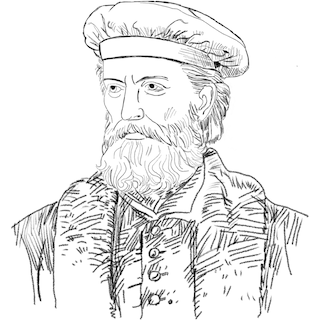Our site use cookies, similar tracking and storage technologies, and information about the device you use to access our sites (together, “cookies”) to enhance your user experience, personalise content, personalise messages, and analyse traffic. To learn how this information is shared with social media, analytics, and other service providers, please see our “Privacy Policy”. This page will also tell you how you can reject cookies and still obtain access to our site, and you can adjust your cookie choices in those tools at any time. You may click on “Cookies and Tracking” below to learn more about cookies and third party tracking technologies.
By clicking “Agree and Continue” below, you acknowledge that you agree to the use of cookies in order to access our Service.
